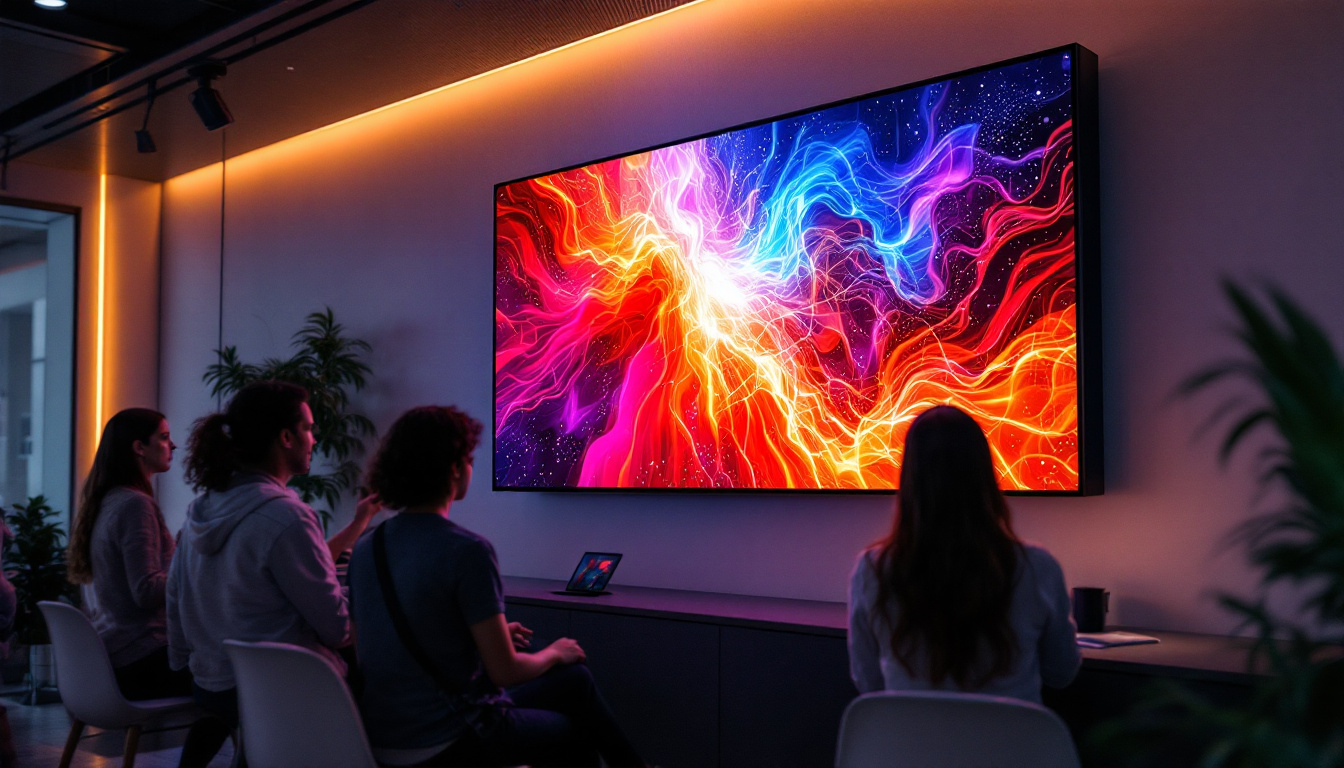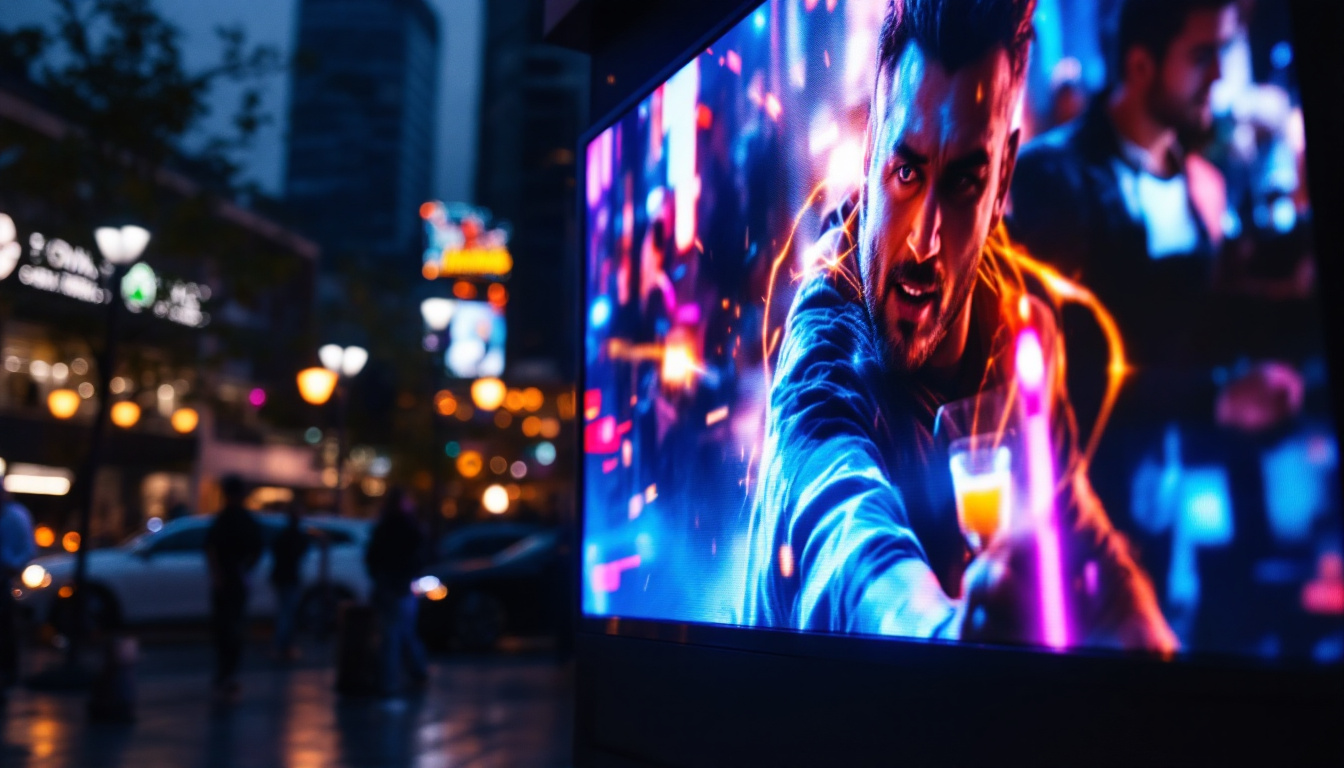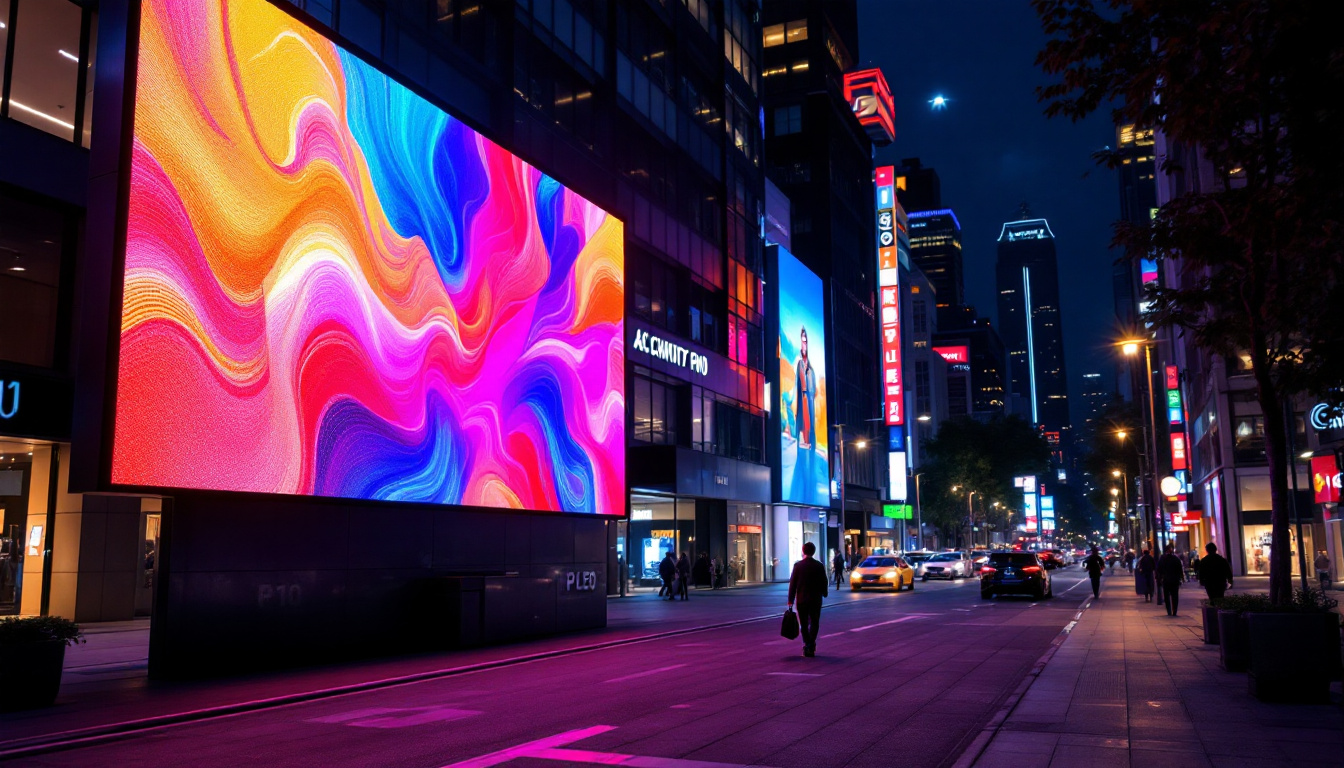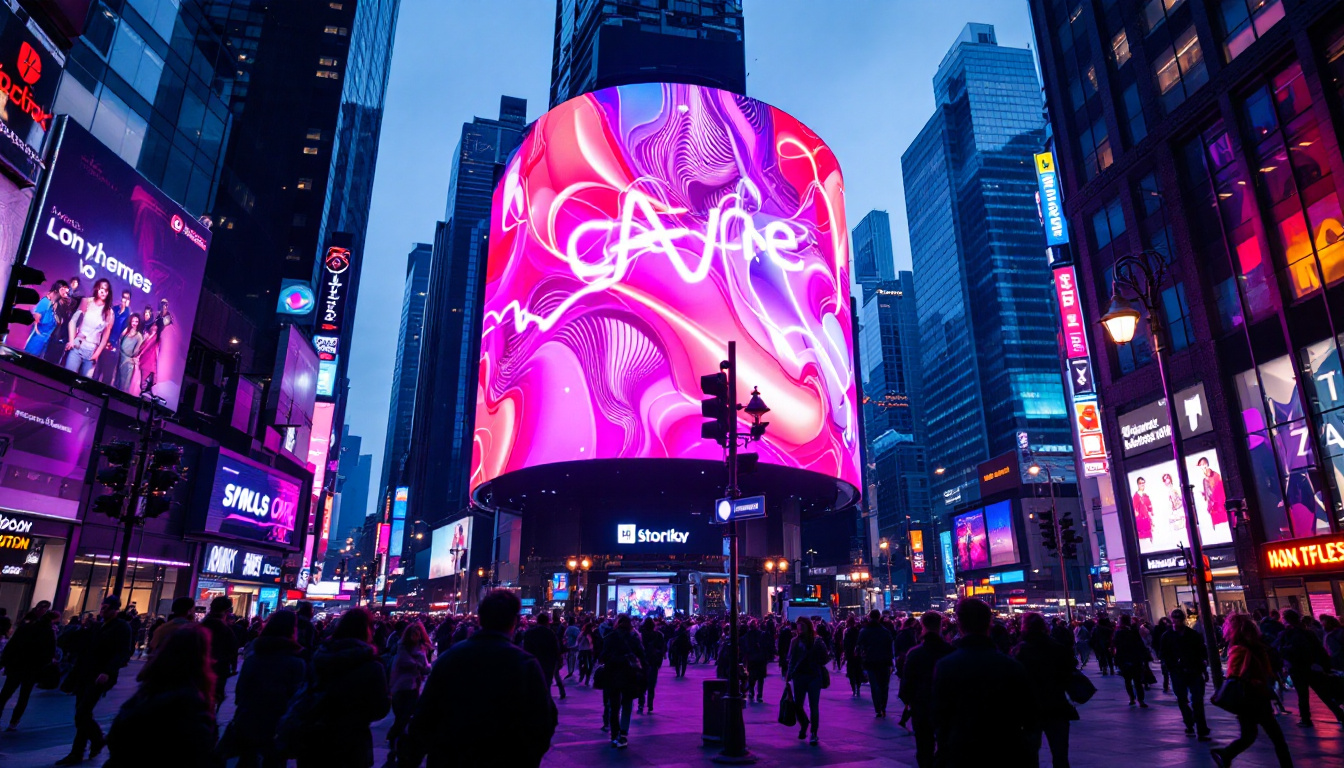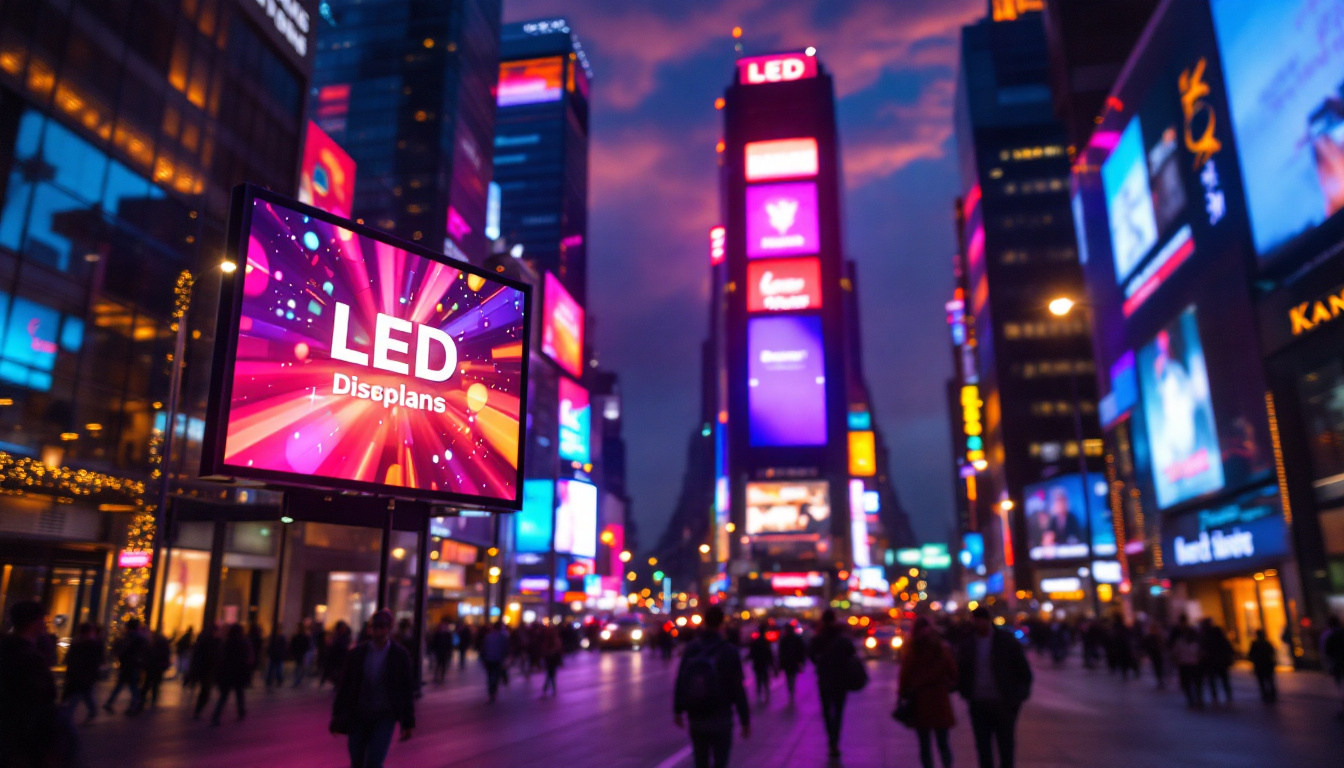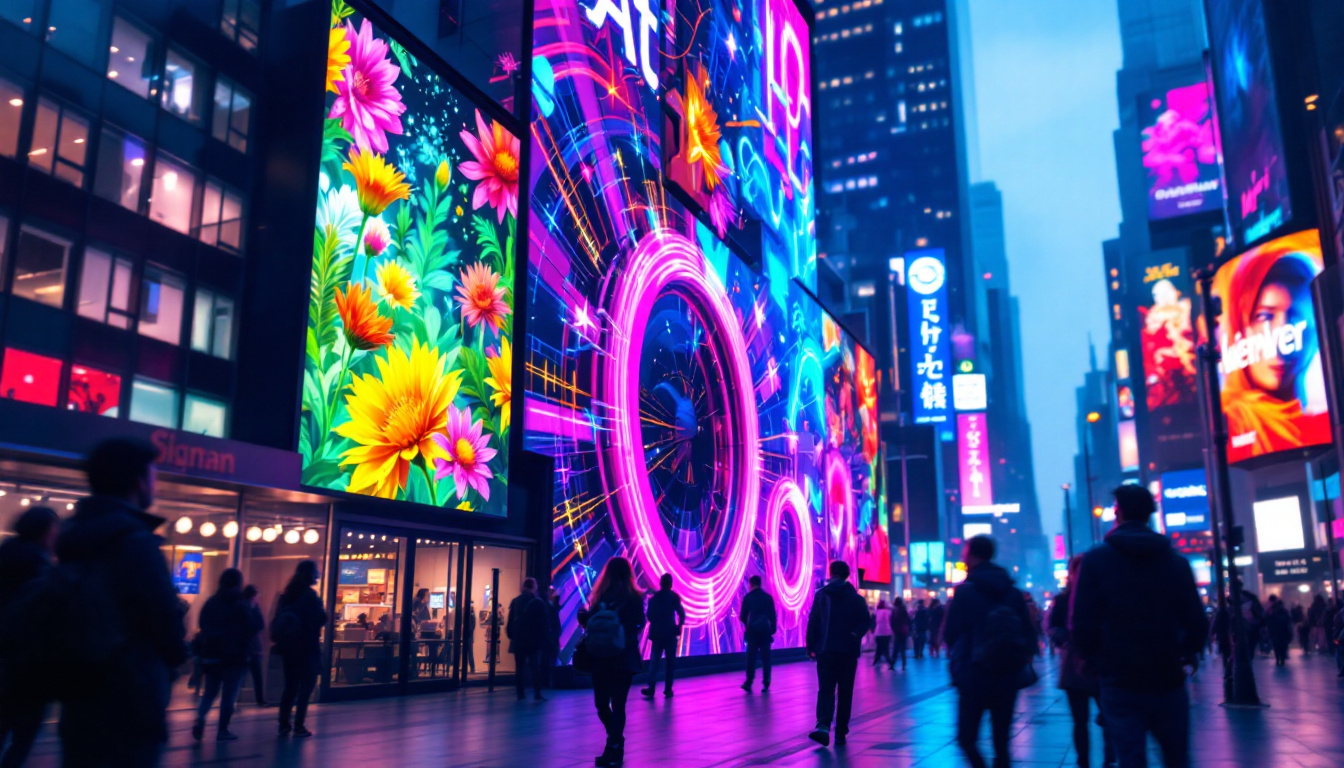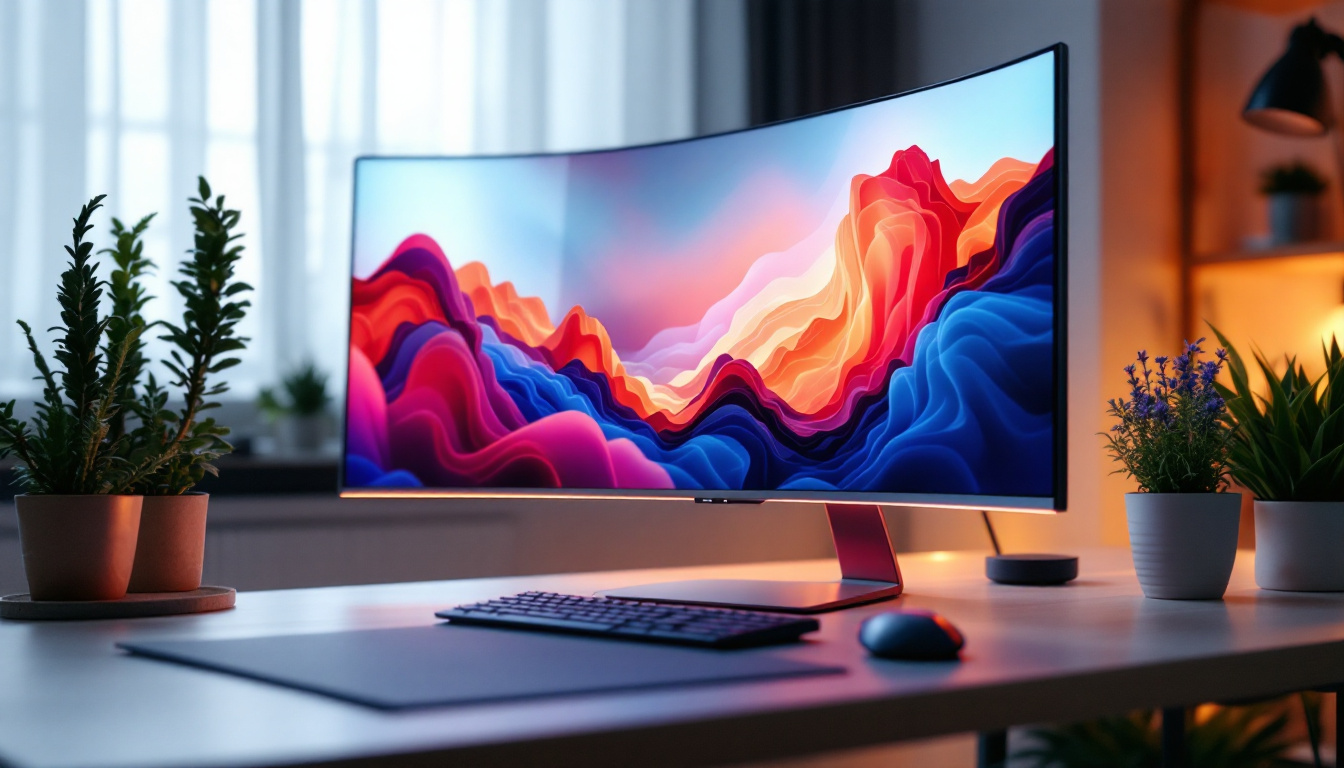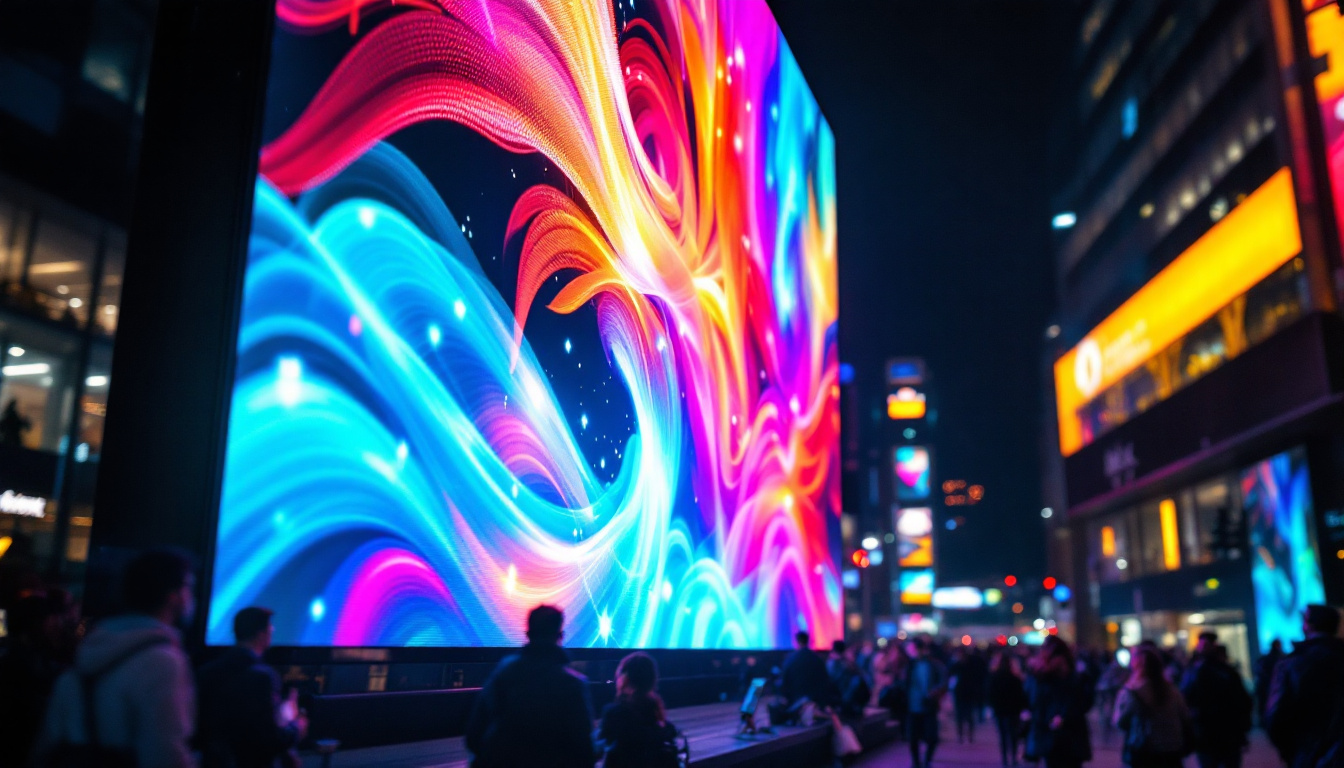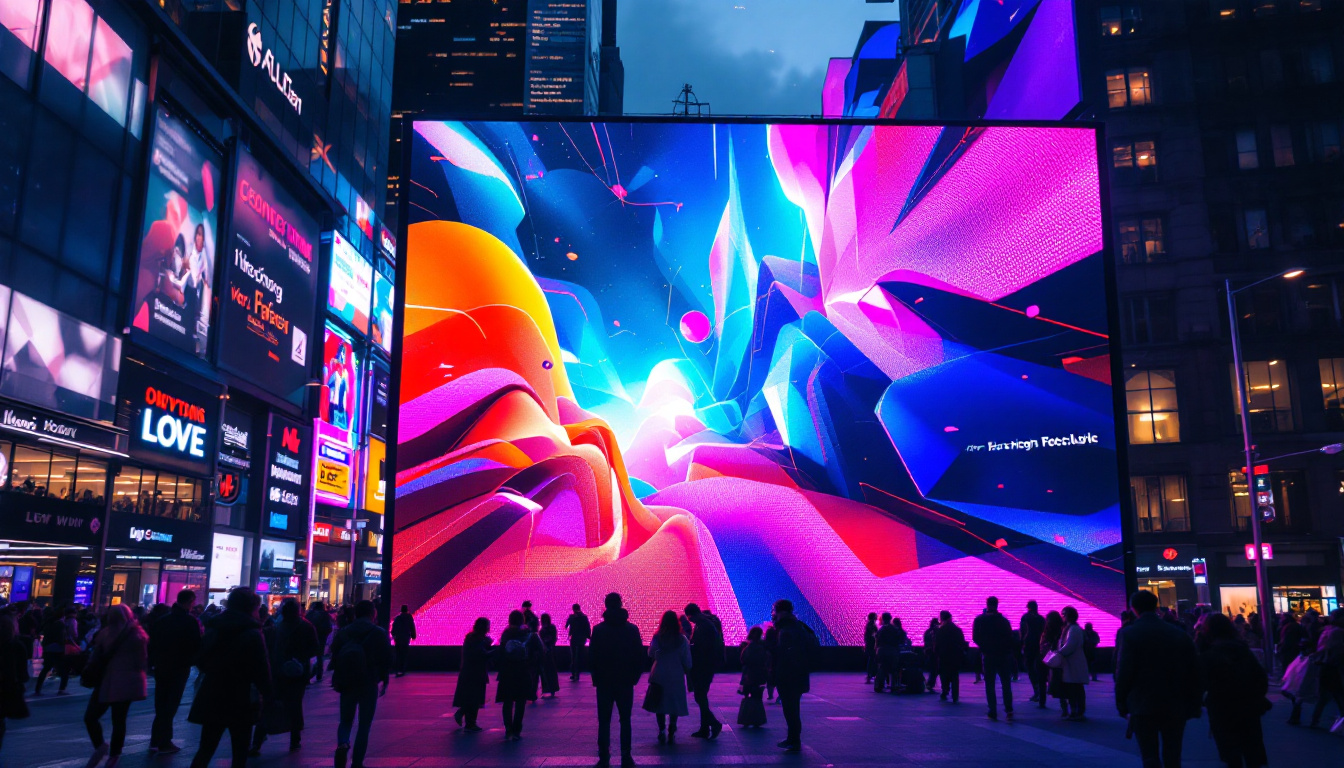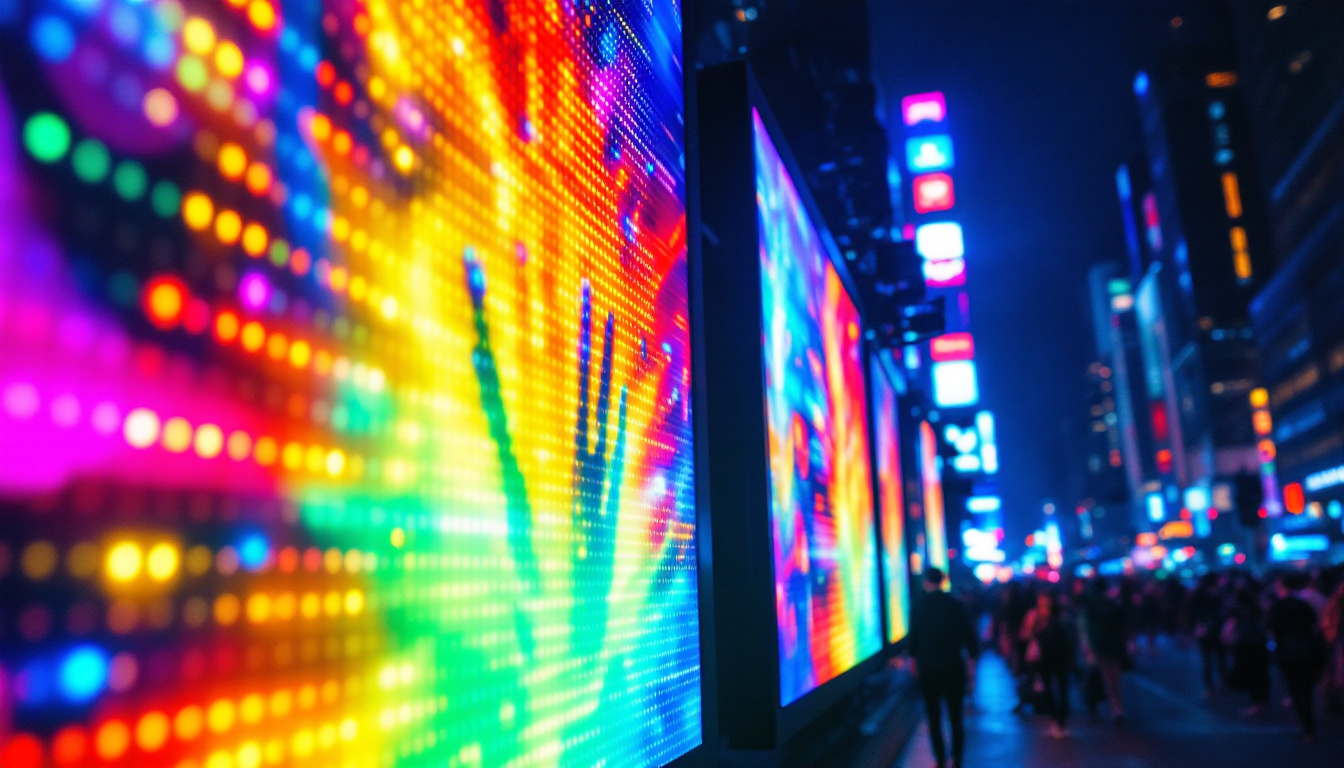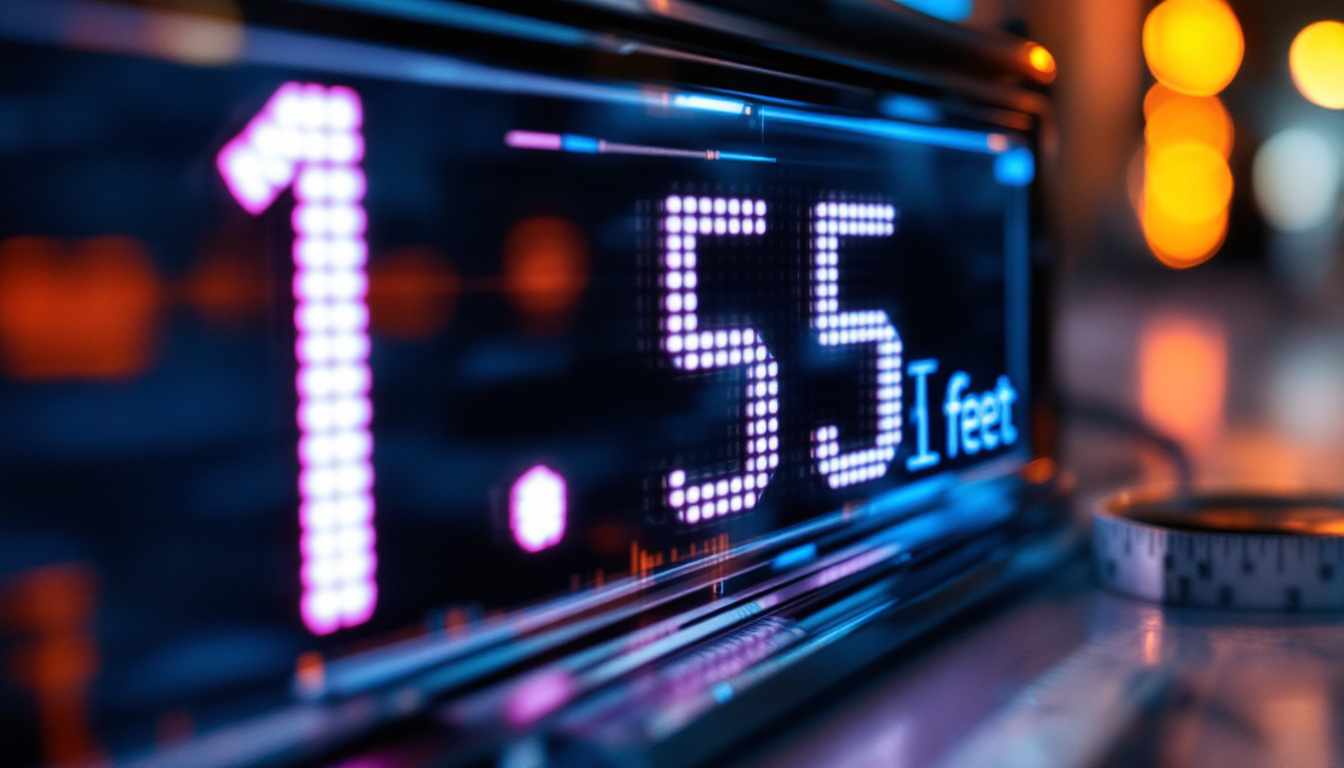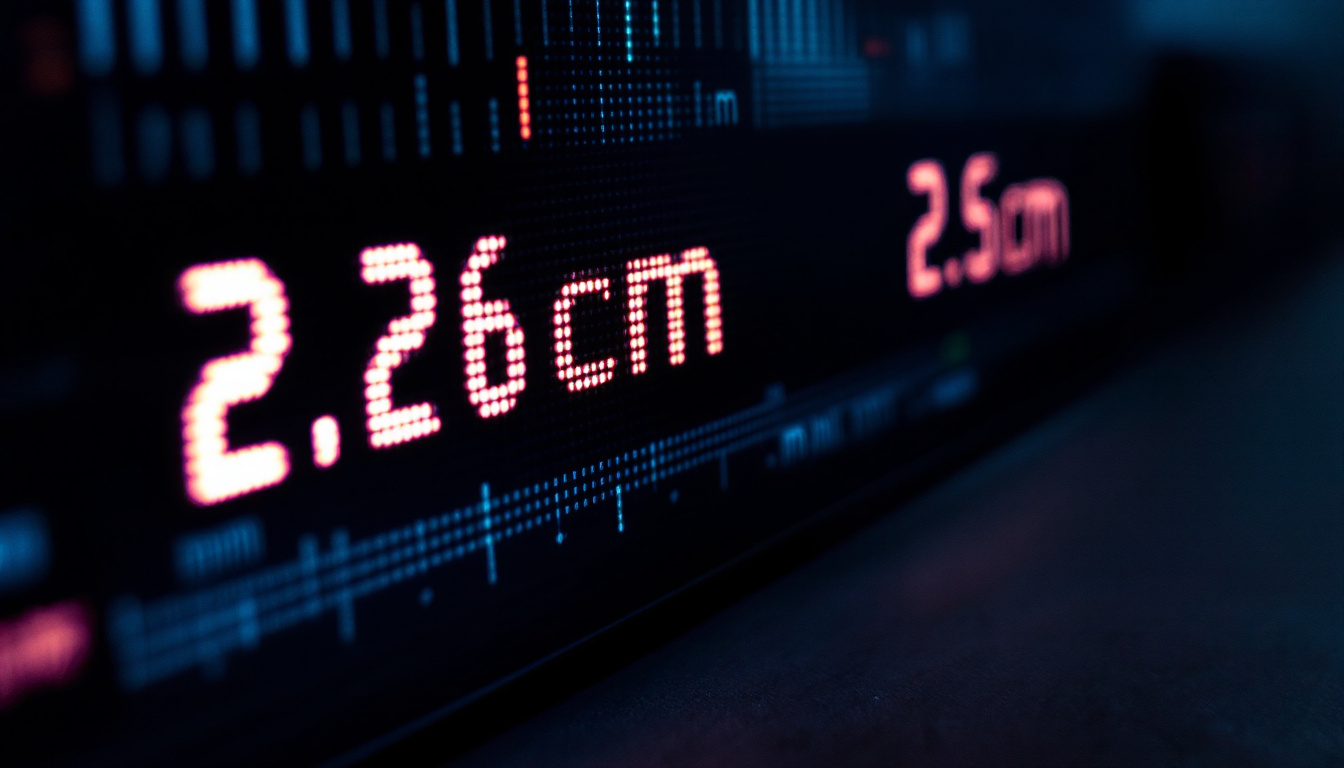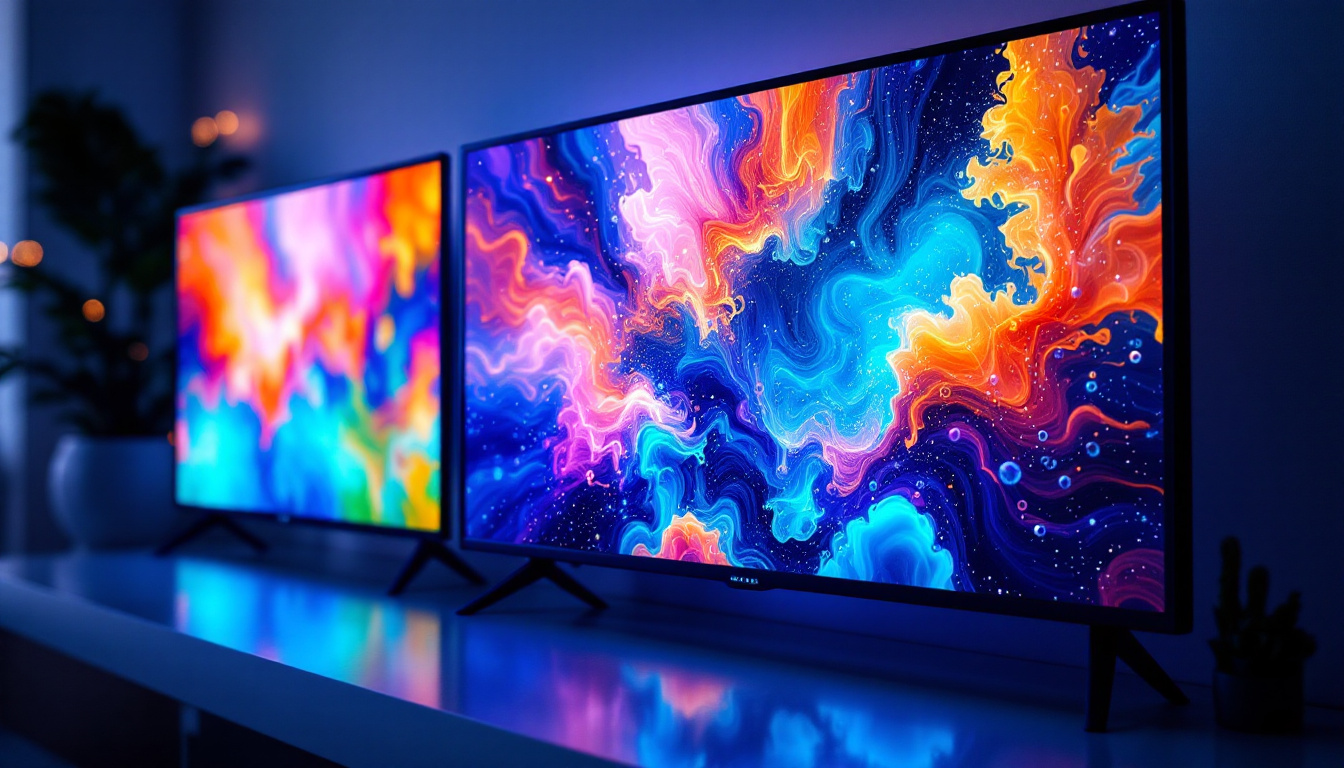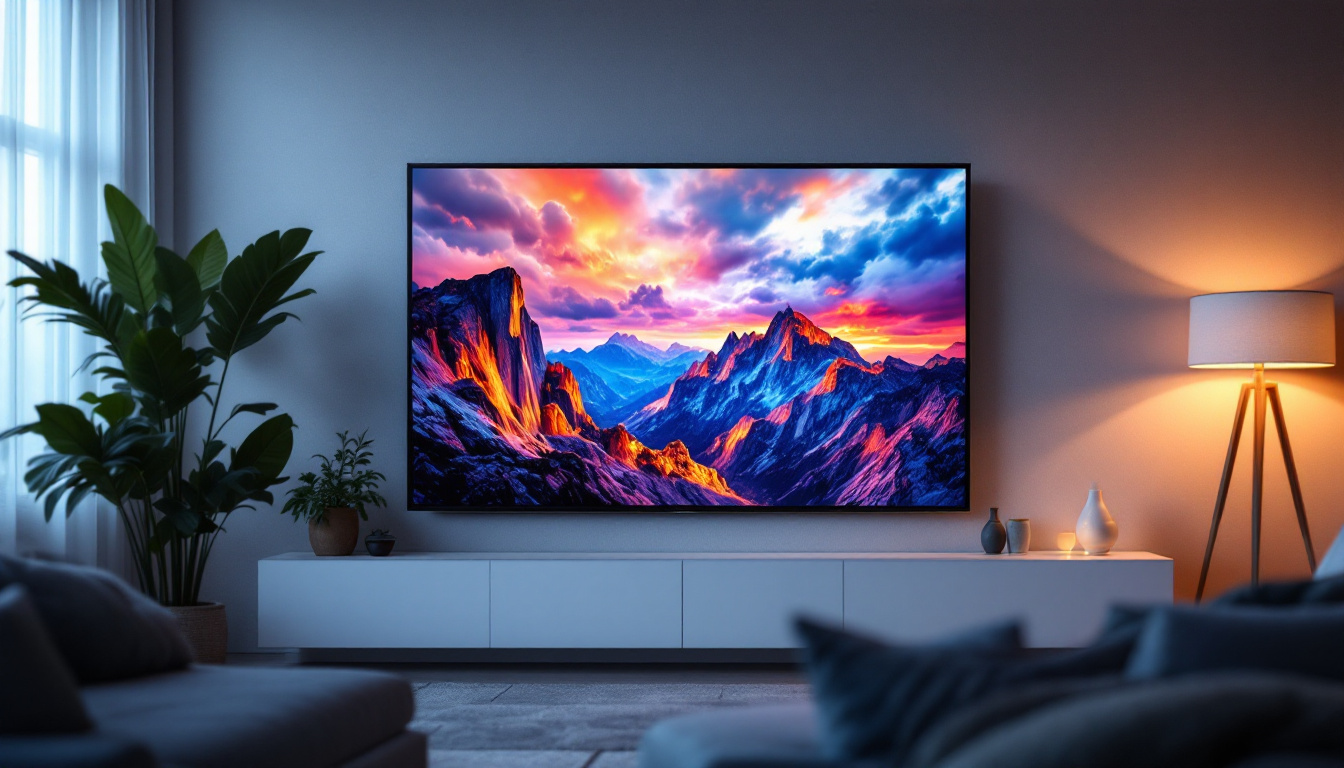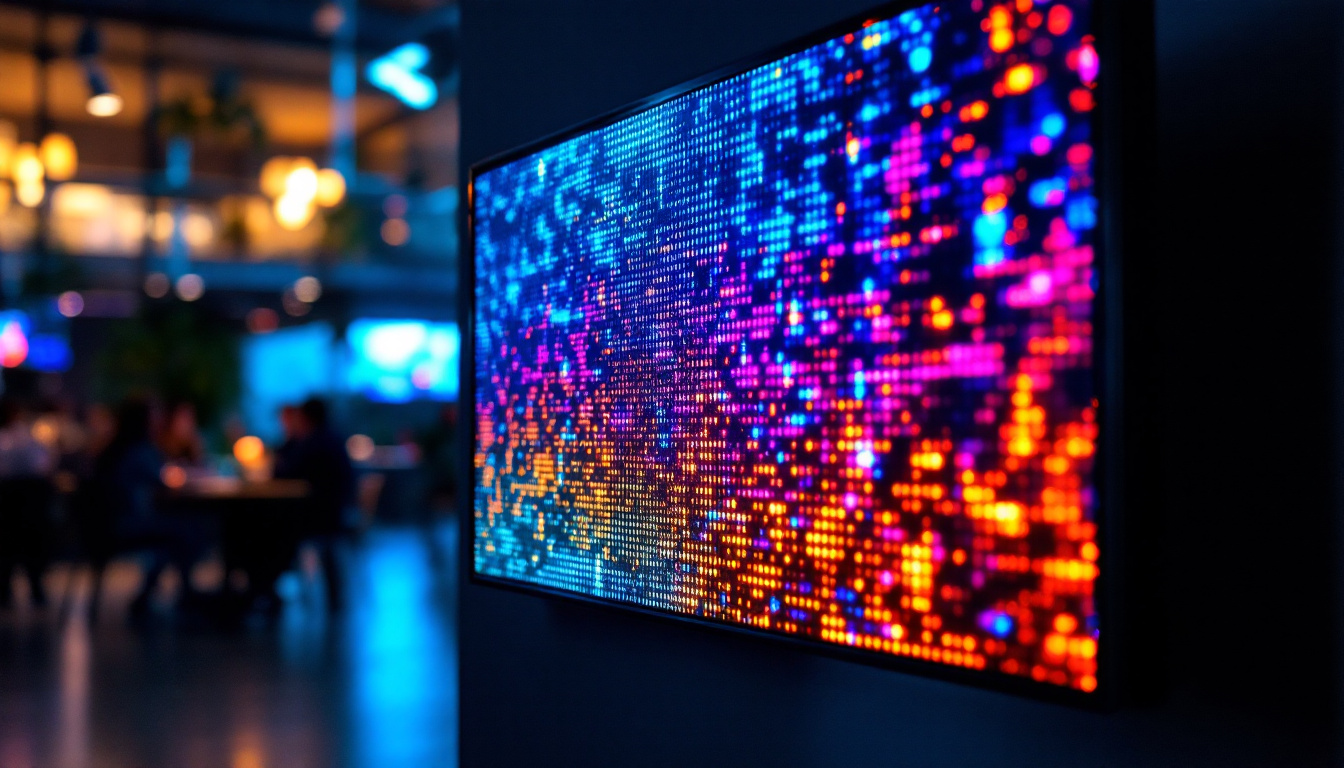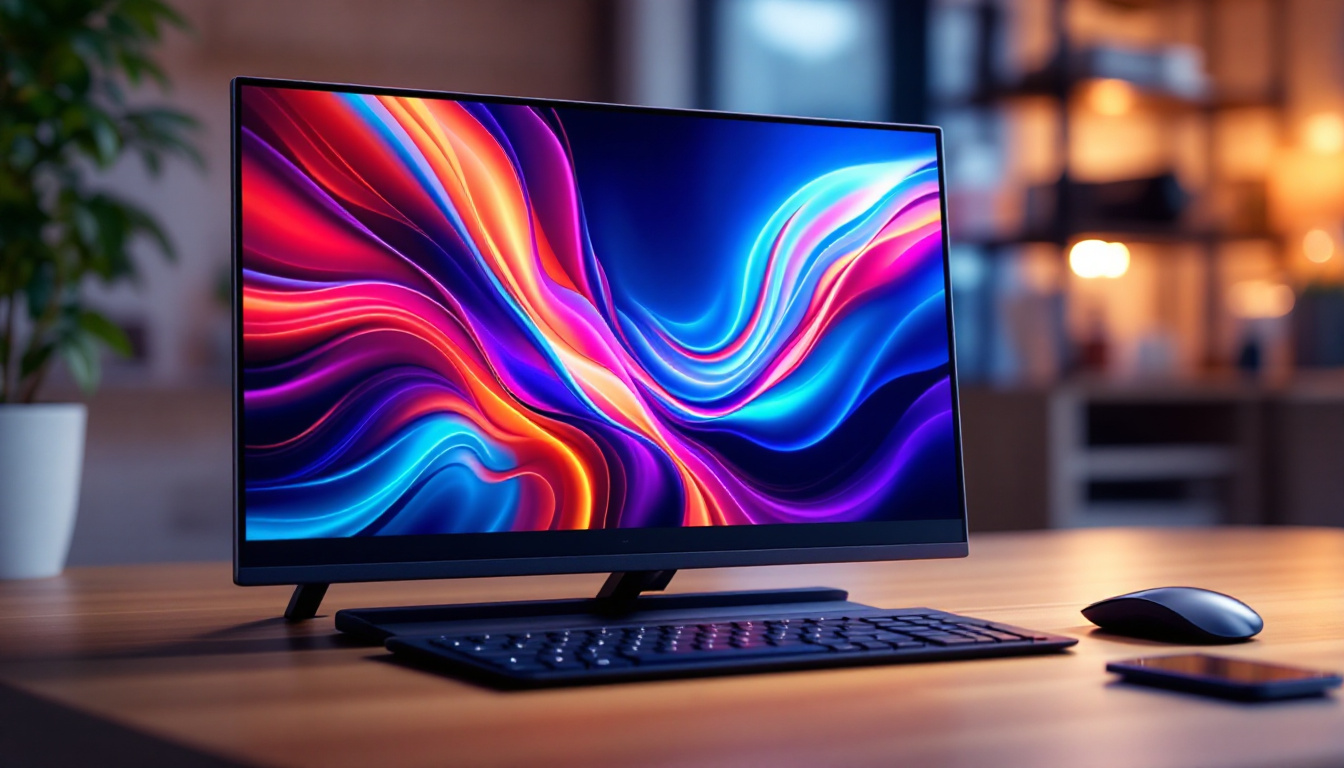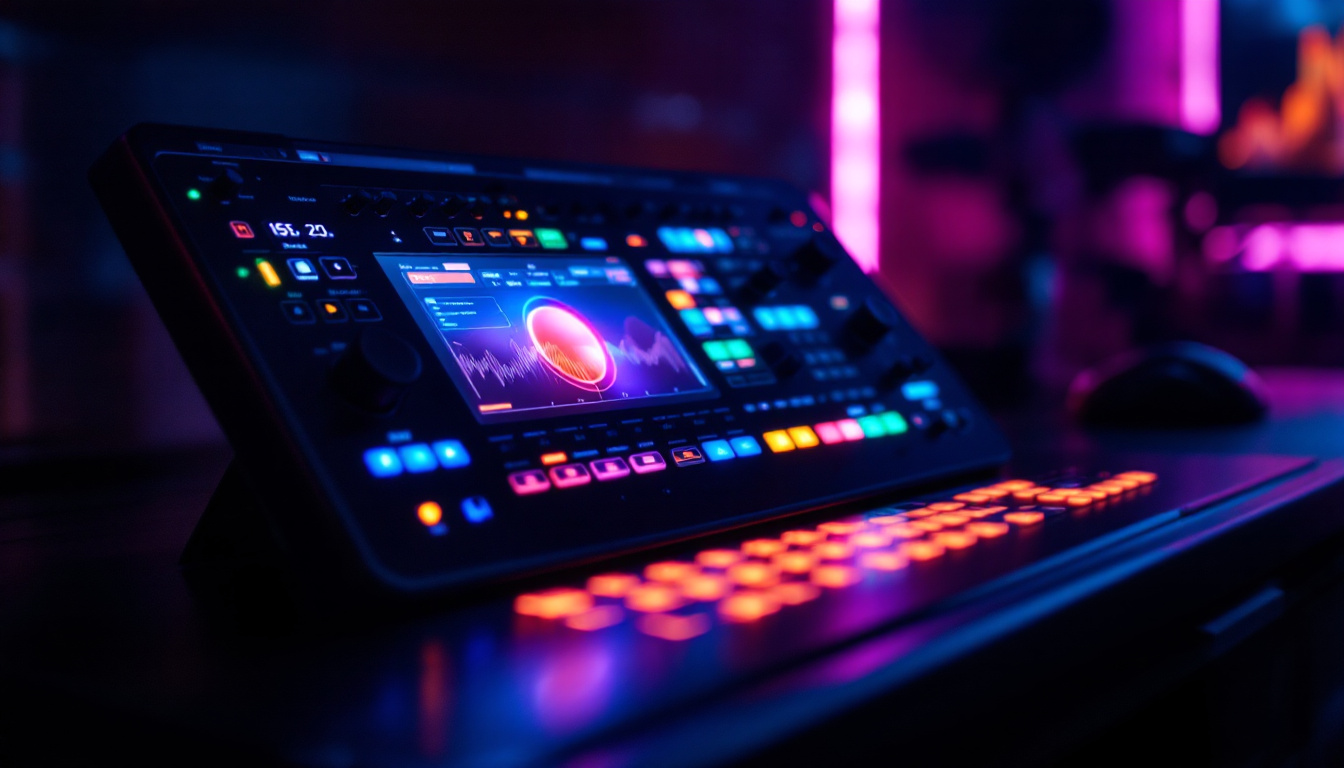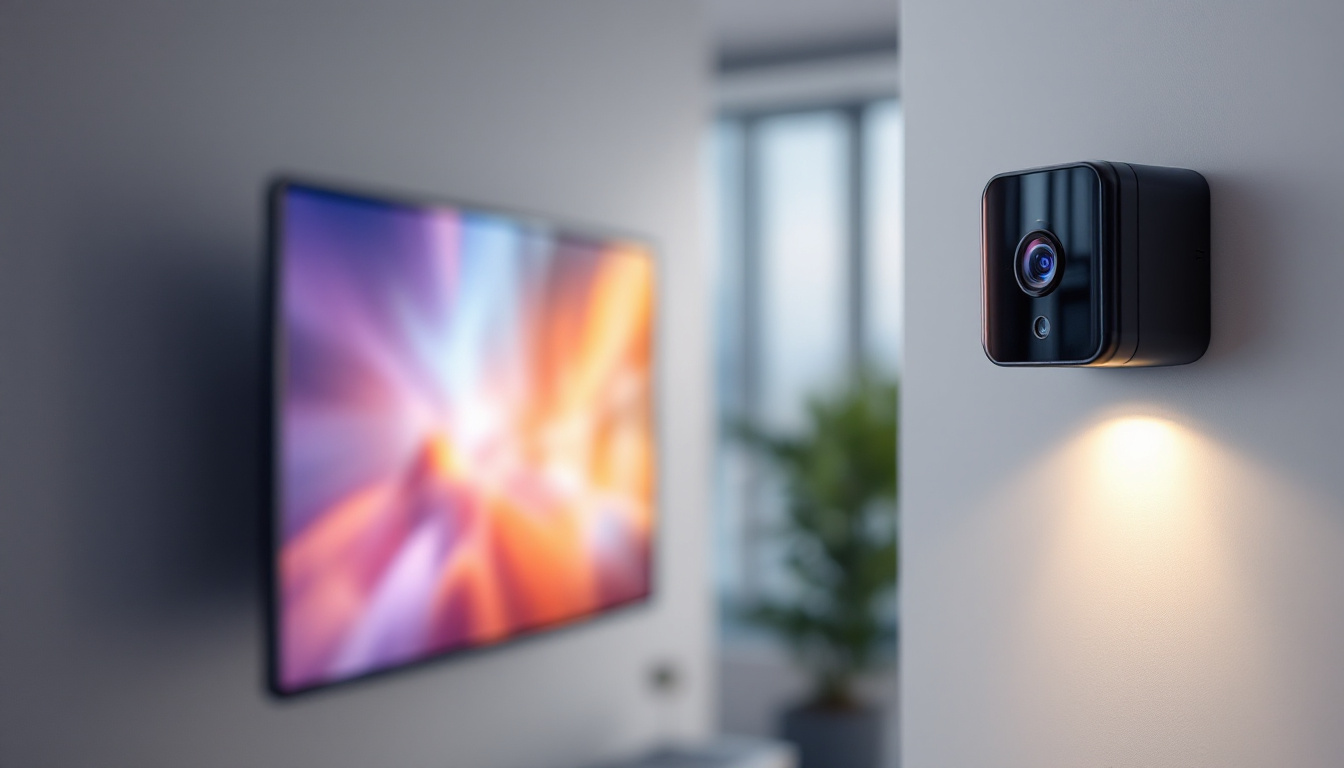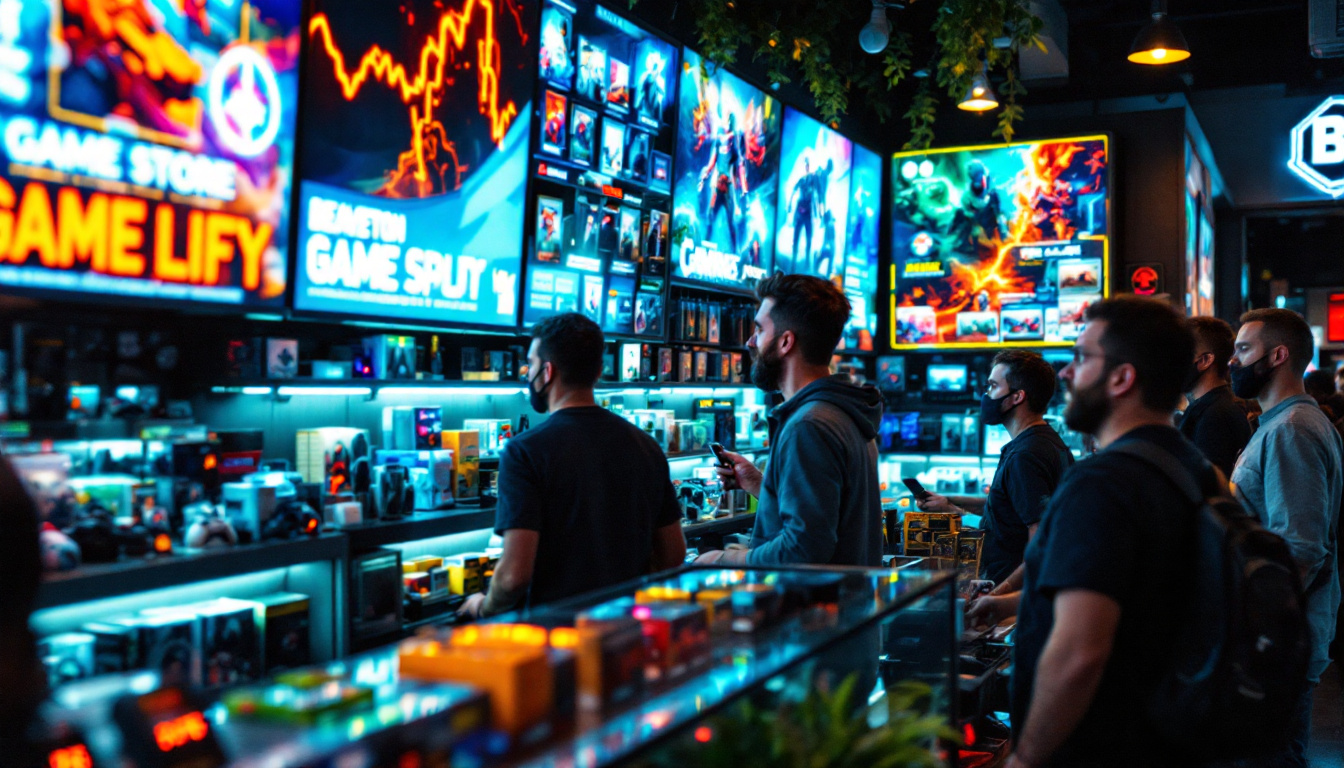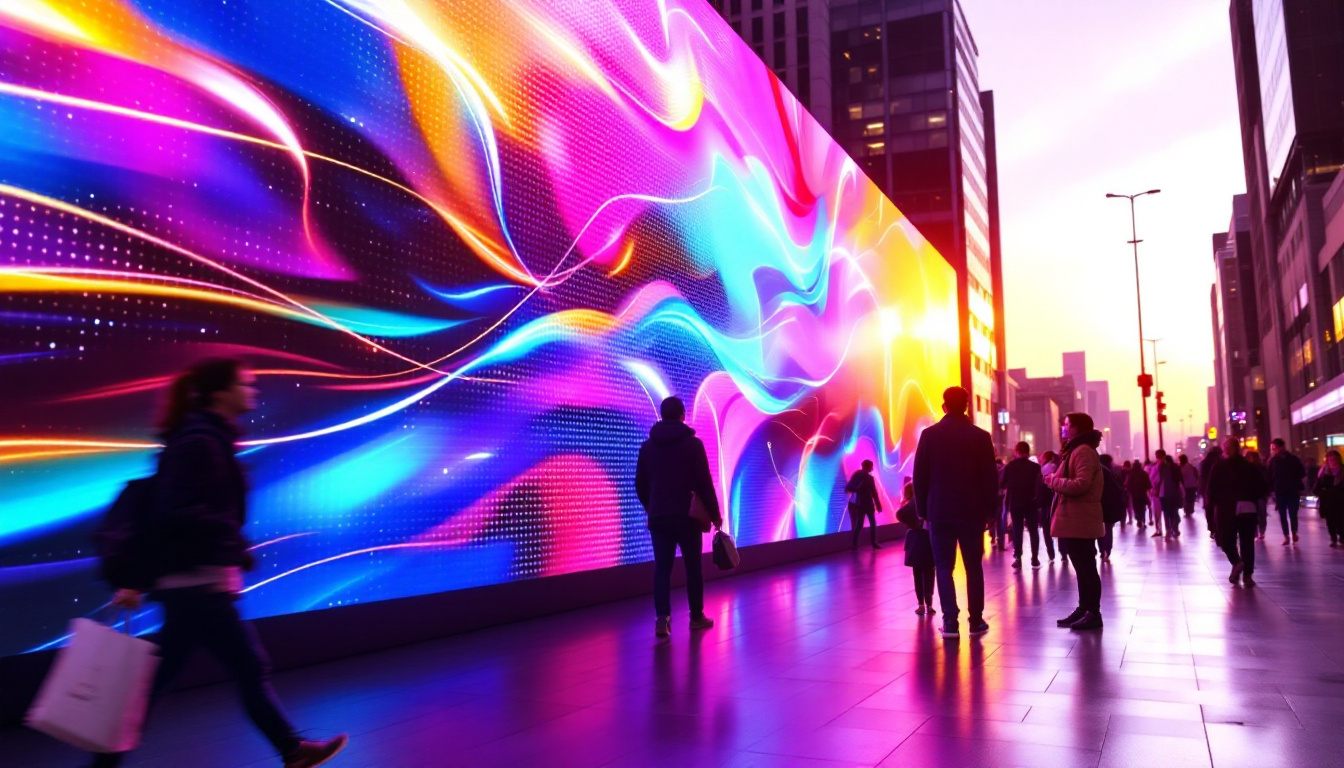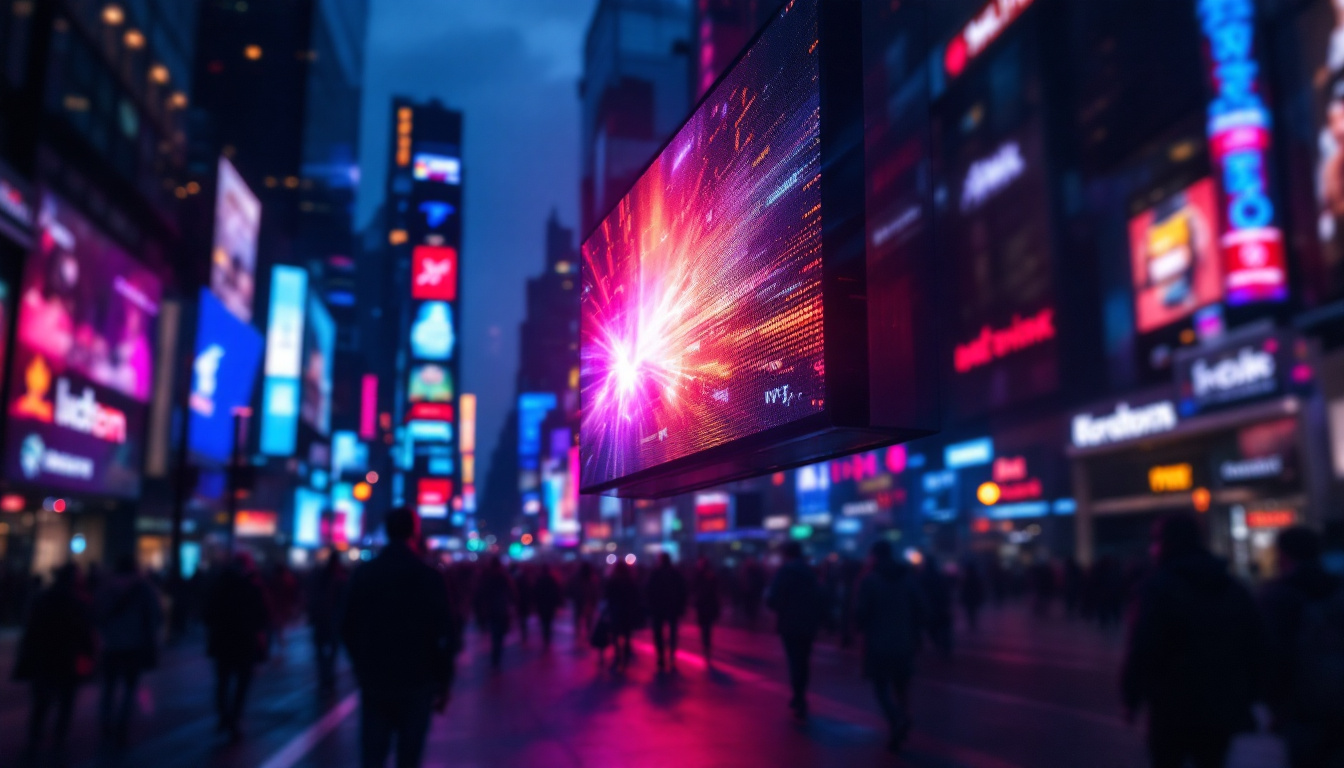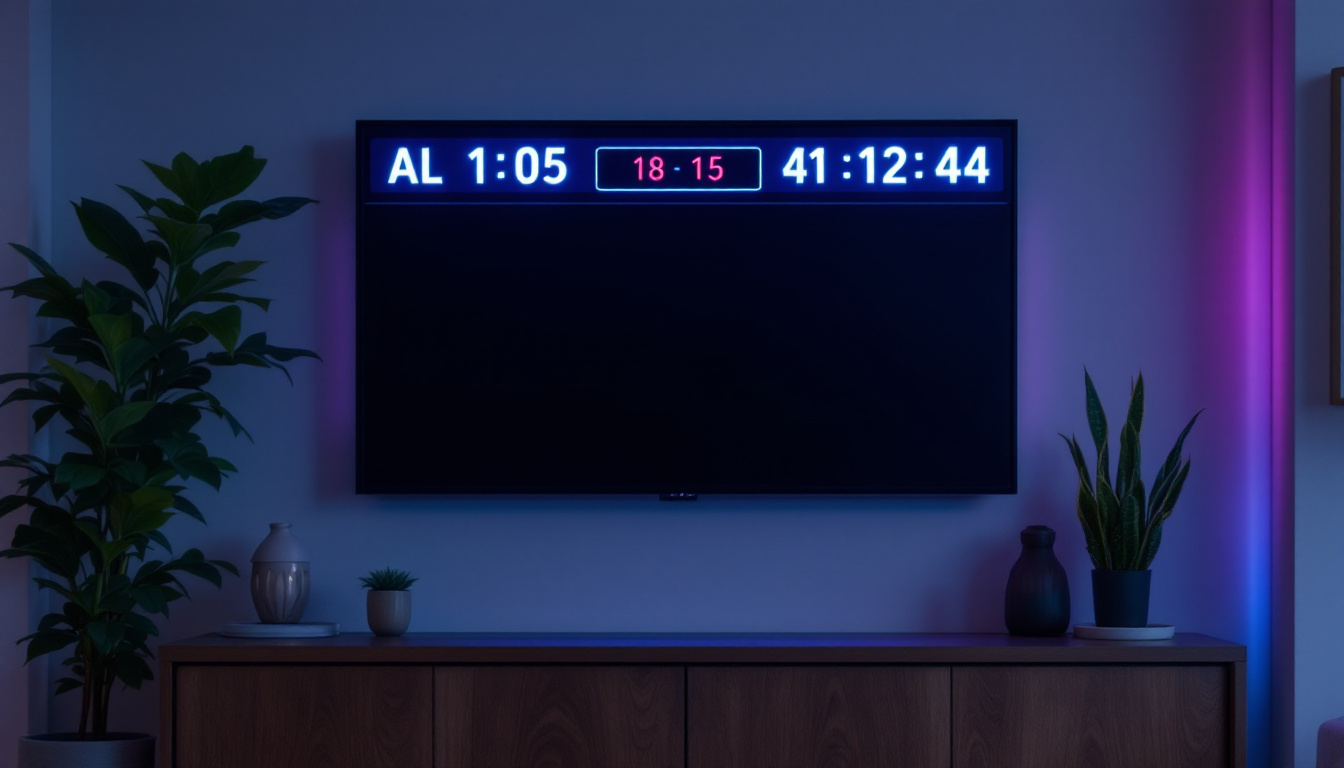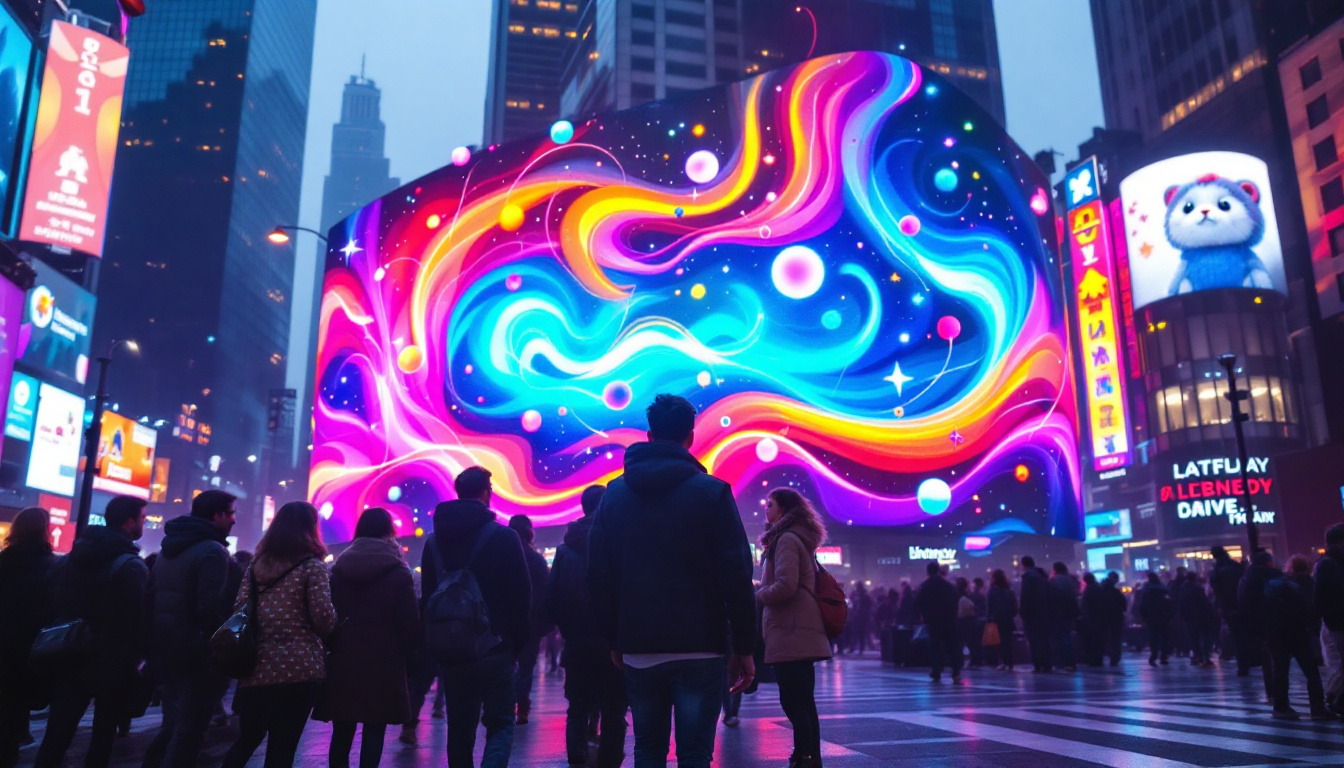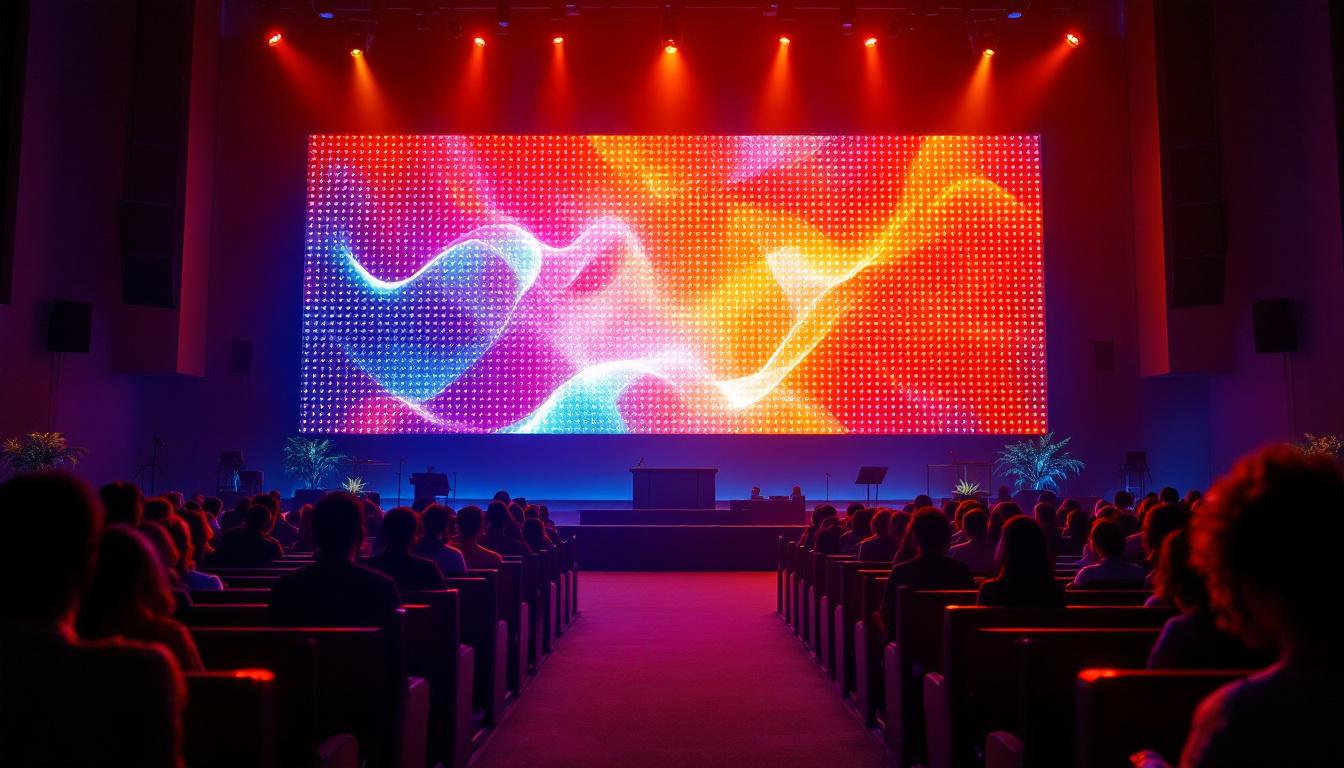The evolution of communication tools has led to the emergence of various display technologies that enhance the way information is shared. Among these innovations, LED display notice boards have gained significant popularity in educational institutions, corporate environments, and public spaces. This article delves into the intricacies of LED display notice boards, exploring their benefits, applications, and the technology behind them.
Understanding LED Display Technology
LED, or Light Emitting Diode, technology has transformed the way visuals are presented. Unlike traditional display methods, LED displays offer vibrant colors, high brightness, and energy efficiency. This section provides an overview of how LED technology works and its advantages over conventional notice boards.
How LED Displays Work
At the core of LED displays are tiny diodes that emit light when an electric current passes through them. These diodes are arranged in a grid format, forming pixels that combine to create images and text. Each pixel can produce different colors by varying the intensity of red, green, and blue light. This capability allows for dynamic content that can be easily updated.
LED displays can be categorized into two main types: indoor and outdoor. Indoor displays are designed for lower brightness levels and are typically used in environments where ambient light is controlled. Outdoor displays, on the other hand, are built to withstand harsh weather conditions and feature higher brightness levels to ensure visibility in direct sunlight. Moreover, outdoor LED displays often come with protective coatings and robust casings that guard against moisture, dust, and extreme temperatures, making them suitable for a variety of applications, from billboards to stadium screens.
Advantages of LED Displays
One of the most significant advantages of LED displays is their energy efficiency. Compared to traditional fluorescent or incandescent lighting, LED technology consumes significantly less power, making it a more sustainable choice. Additionally, LED displays have a longer lifespan, reducing the need for frequent replacements. This longevity not only contributes to cost savings over time but also minimizes the environmental impact associated with manufacturing and disposing of display units.
Another notable benefit is the ability to display high-resolution images and videos. This capability makes LED displays ideal for conveying information in a visually appealing manner, capturing the attention of passersby and ensuring that messages are effectively communicated. The versatility of LED technology also allows for creative applications, such as interactive displays that engage users through touch or motion sensors. This interactivity enhances the viewer’s experience, making LED displays not just a medium for information but a platform for engagement and entertainment.
Applications of LED Display Notice Boards
LED display notice boards have a wide range of applications across various sectors. Their versatility makes them suitable for different environments, from schools to corporate offices and public spaces. Below are some of the key areas where LED notice boards are commonly used.
Educational Institutions
In educational settings, LED display notice boards serve as an effective medium for communicating important announcements, schedules, and events. Schools and universities can use these displays to share real-time updates, such as exam results or emergency notifications, ensuring that students and staff are well-informed.
Furthermore, LED displays can enhance the learning environment by showcasing educational content, such as inspirational quotes, student achievements, or even interactive lessons. This dynamic approach not only engages students but also fosters a sense of community within the institution. Additionally, these displays can be programmed to feature student-led initiatives or projects, allowing learners to take ownership of their school environment and promoting a culture of collaboration and creativity.
Corporate Environments
In the corporate world, LED display notice boards play a crucial role in internal communication. Companies can utilize these displays to share important updates, employee recognition, and safety information. The ability to update content in real-time allows organizations to keep their workforce informed and engaged.
Moreover, LED displays can be used in lobbies and conference rooms to create a professional atmosphere. By showcasing company branding, mission statements, or upcoming events, businesses can leave a lasting impression on clients and visitors. These displays can also serve as a platform for live feeds from social media or internal communication channels, thereby fostering a more connected workplace where employees feel valued and informed about company culture and achievements.
Public Spaces
LED display notice boards are increasingly being used in public spaces such as airports, train stations, and shopping malls. These displays provide travelers with essential information, including flight schedules, delays, and safety announcements. Their high visibility ensures that crucial messages reach a wide audience.
In shopping malls, LED displays can be used for advertising promotions, events, and store openings. This dynamic advertising method captures the attention of shoppers, enhancing their experience and encouraging them to engage with the brands being promoted. Furthermore, these displays can be integrated with interactive features, allowing customers to access information about products, navigate the mall, or even participate in contests and giveaways, thereby creating a more immersive shopping experience that keeps patrons returning for more.
Features to Consider When Choosing an LED Display Notice Board
When selecting an LED display notice board, several features should be considered to ensure it meets the specific needs of the environment in which it will be used. Understanding these features can help organizations make informed decisions when investing in this technology.
Brightness and Resolution
Brightness is a critical factor, especially for outdoor displays that need to be visible in direct sunlight. The brightness level is measured in nits, and higher values indicate better visibility. For indoor displays, a lower brightness level may suffice, but it should still be sufficient to overcome ambient light.
Resolution is another essential consideration. Higher resolution displays provide clearer images and text, making it easier for viewers to read content from a distance. The pixel pitch, which refers to the distance between pixels, plays a significant role in determining resolution. A smaller pixel pitch results in higher resolution, making it ideal for close viewing.
Durability and Weather Resistance
For outdoor LED displays, durability and weather resistance are paramount. These displays should be able to withstand various environmental conditions, including rain, snow, and extreme temperatures. Look for displays that are rated for outdoor use and have protective features, such as waterproofing and UV resistance.
Indoor displays also require durability, especially in high-traffic areas. A robust build ensures that the display can withstand accidental bumps and impacts, prolonging its lifespan and reducing maintenance costs.
Connectivity and Control Options
Modern LED displays often come with various connectivity options, including Wi-Fi, Ethernet, and USB. These features enable easy content updates and remote management, allowing organizations to change messages quickly without needing physical access to the display.
Control options are also important. Some displays come with user-friendly software that simplifies content creation and scheduling. Organizations should look for displays that offer intuitive interfaces, making it easy for staff to manage the content displayed.
Installation and Maintenance of LED Display Notice Boards
Proper installation and maintenance are crucial for the longevity and performance of LED display notice boards. Understanding the installation process and ongoing maintenance requirements can help organizations maximize their investment.
Installation Process
Installing an LED display notice board involves several steps, including site assessment, mounting, and electrical connections. A thorough site assessment is essential to determine the optimal location for visibility and accessibility. Once the location is chosen, the display can be securely mounted using appropriate hardware.
Electrical connections must be made carefully to ensure the display functions correctly. It is often advisable to hire professional installers who have experience with LED technology to ensure that the installation is done safely and efficiently.
Maintenance Requirements
Maintaining an LED display notice board involves regular cleaning and software updates. Dust and debris can accumulate on the display surface, affecting visibility. Regular cleaning with appropriate materials ensures that the display remains clear and vibrant.
Software updates are also essential for optimal performance. Manufacturers often release updates to improve functionality and security. Organizations should establish a routine for checking and applying these updates to ensure the display operates smoothly.
The Future of LED Display Notice Boards
The future of LED display notice boards looks promising, with advancements in technology paving the way for even more innovative applications. As the demand for digital communication continues to rise, LED displays are likely to become more integrated into everyday life.
Emerging Technologies
One of the most exciting developments in LED technology is the integration of artificial intelligence (AI) and machine learning. These technologies can enhance content personalization, allowing displays to adapt messages based on audience demographics or real-time data.
Additionally, advancements in flexible LED technology may lead to displays that can be shaped and adapted to various environments, further expanding their applications. This flexibility could revolutionize how information is presented in both indoor and outdoor settings.
Sustainability Initiatives
As organizations increasingly prioritize sustainability, LED technology is likely to evolve to become even more energy-efficient and environmentally friendly. Innovations in materials and manufacturing processes could reduce the carbon footprint associated with LED displays, making them a more sustainable choice for organizations.
Furthermore, the potential for recycling and repurposing old displays will become more prominent, contributing to a circular economy and reducing waste.
Conclusion
LED display notice boards represent a significant advancement in communication technology, offering numerous benefits across various sectors. Their vibrant visuals, energy efficiency, and versatility make them an ideal choice for educational institutions, corporate environments, and public spaces. By understanding the technology, applications, and considerations involved in choosing and maintaining these displays, organizations can effectively leverage LED technology to enhance their communication strategies.
As technology continues to evolve, LED display notice boards will likely play an increasingly vital role in how information is shared and consumed. Embracing this technology not only improves communication but also positions organizations at the forefront of modern information dissemination.
Discover LumenMatrix LED Display Solutions
Ready to elevate your communication strategy with the latest in LED technology? LumenMatrix is at the forefront of creating immersive visual experiences with a comprehensive range of LED display solutions. From vibrant Indoor and Outdoor LED Wall Displays to innovative options like Vehicle LED Displays, LED Posters, and even Custom LED solutions, we have everything you need to captivate your audience. Embrace the future of visual engagement with our cutting-edge LED displays. Check out LumenMatrix LED Display Solutions today and transform the way you share your message.

